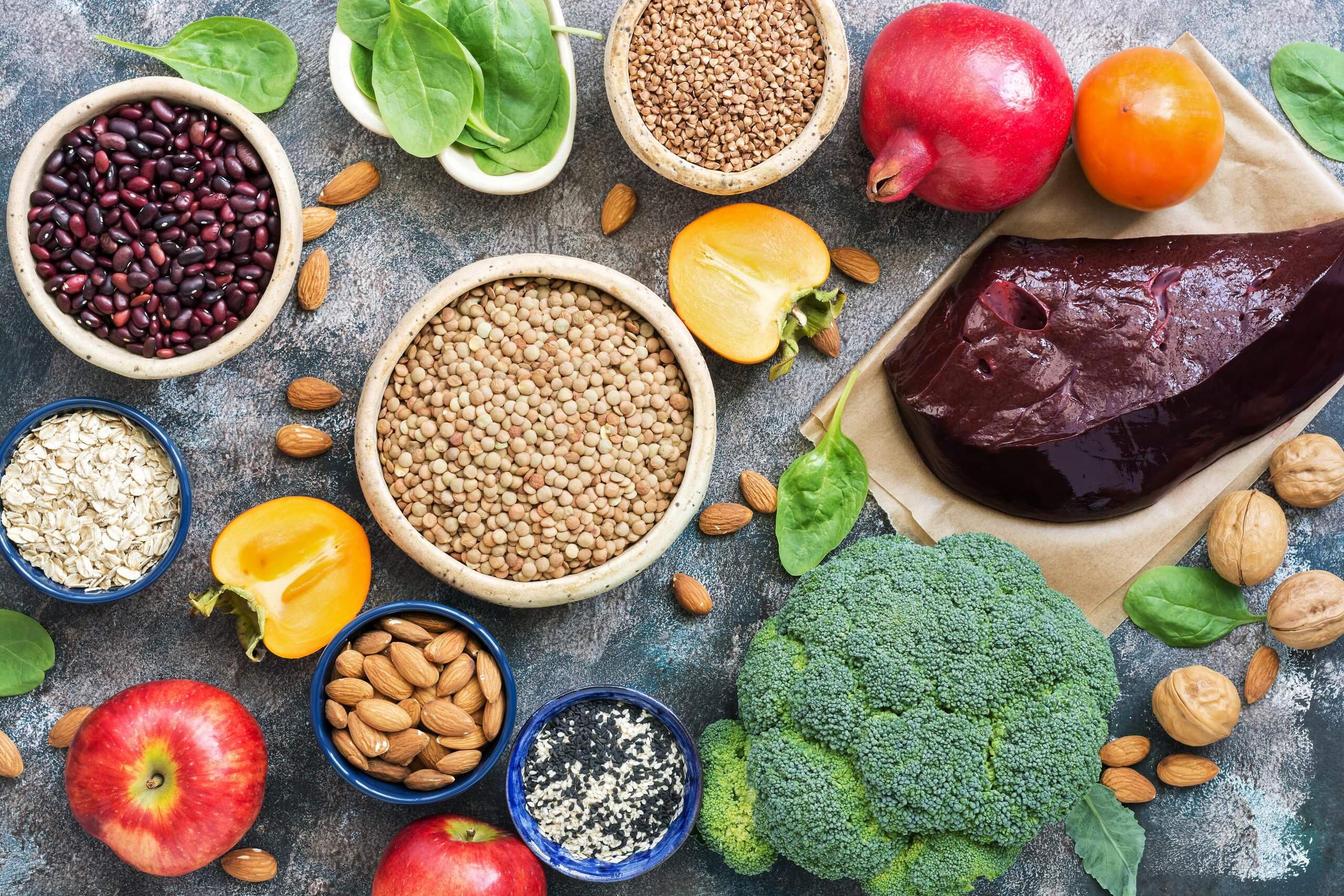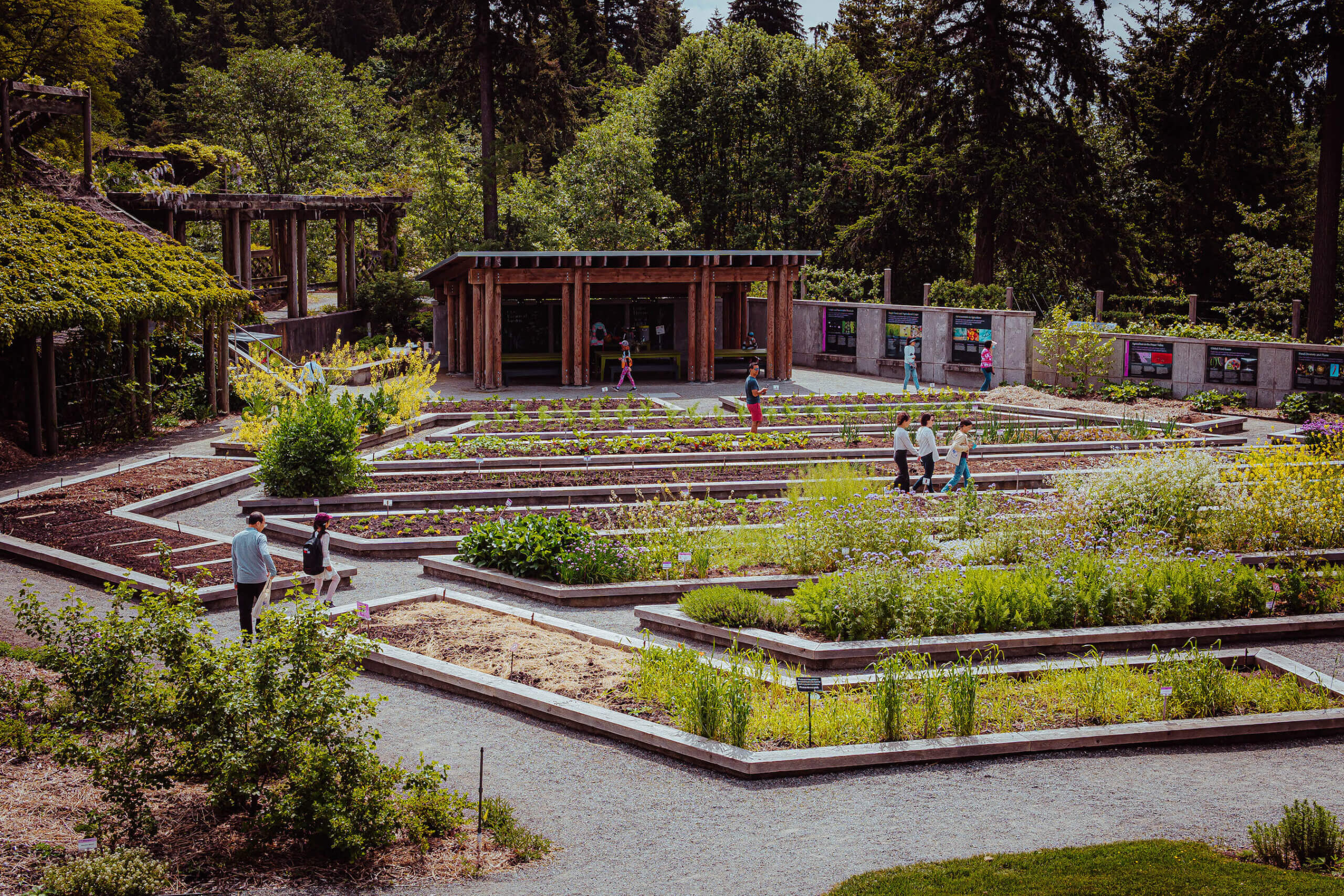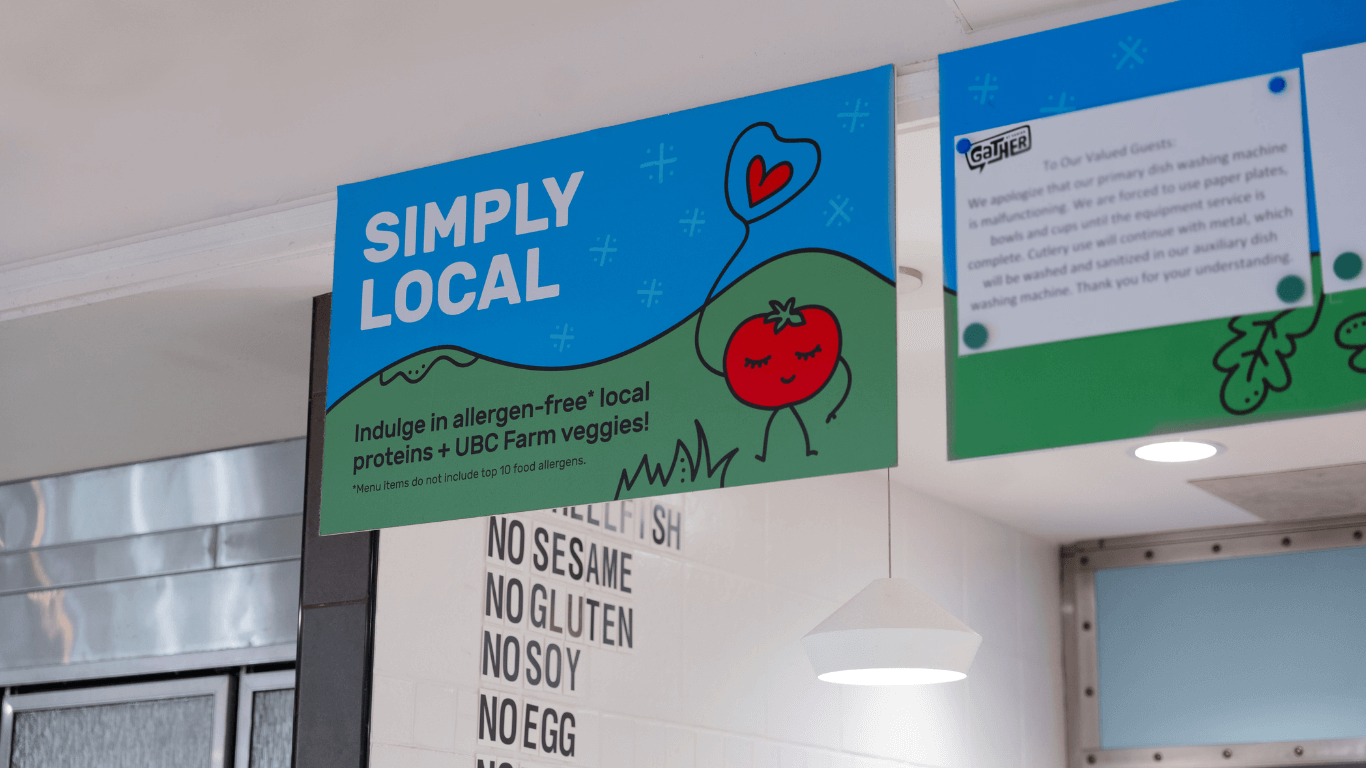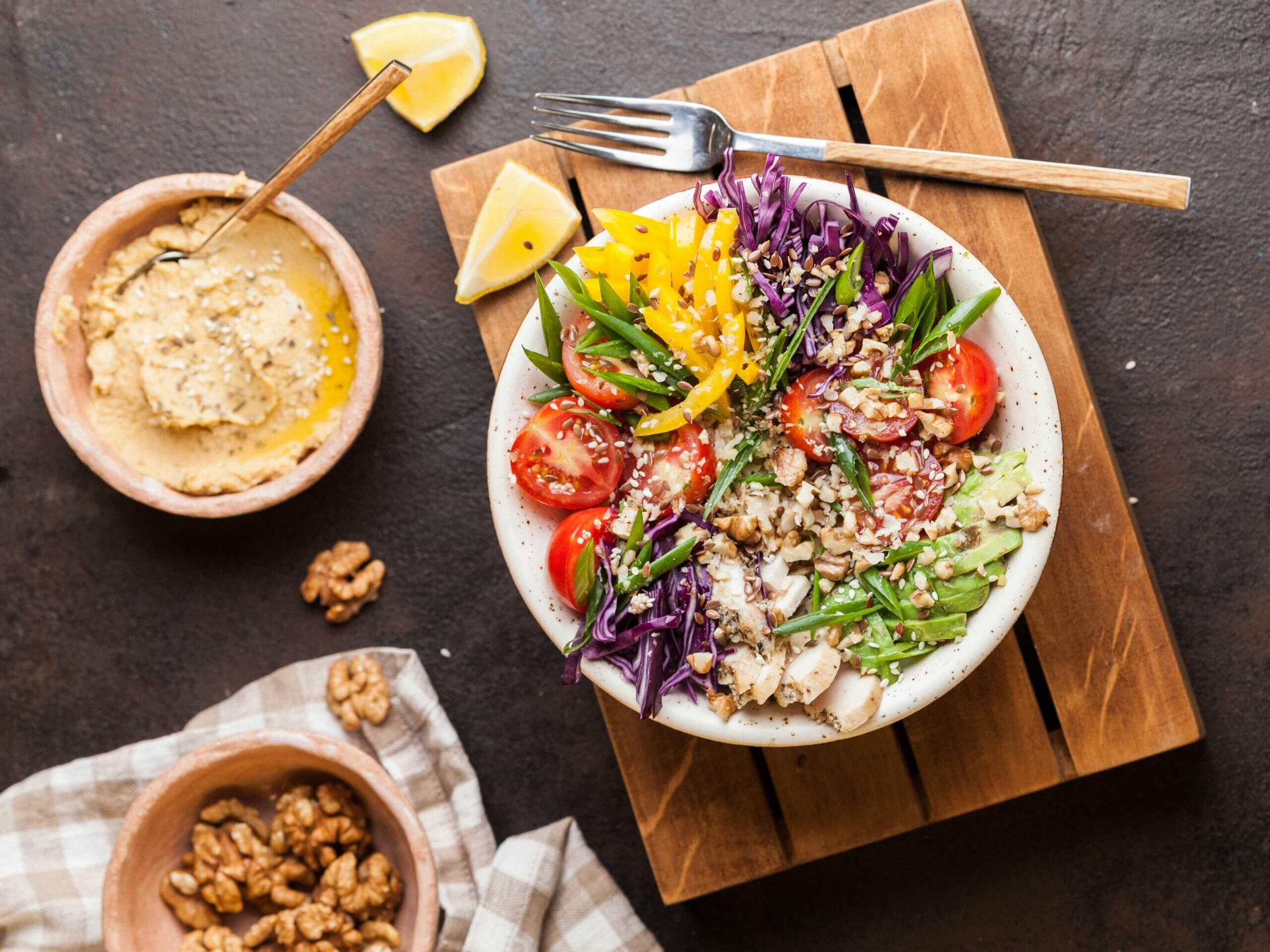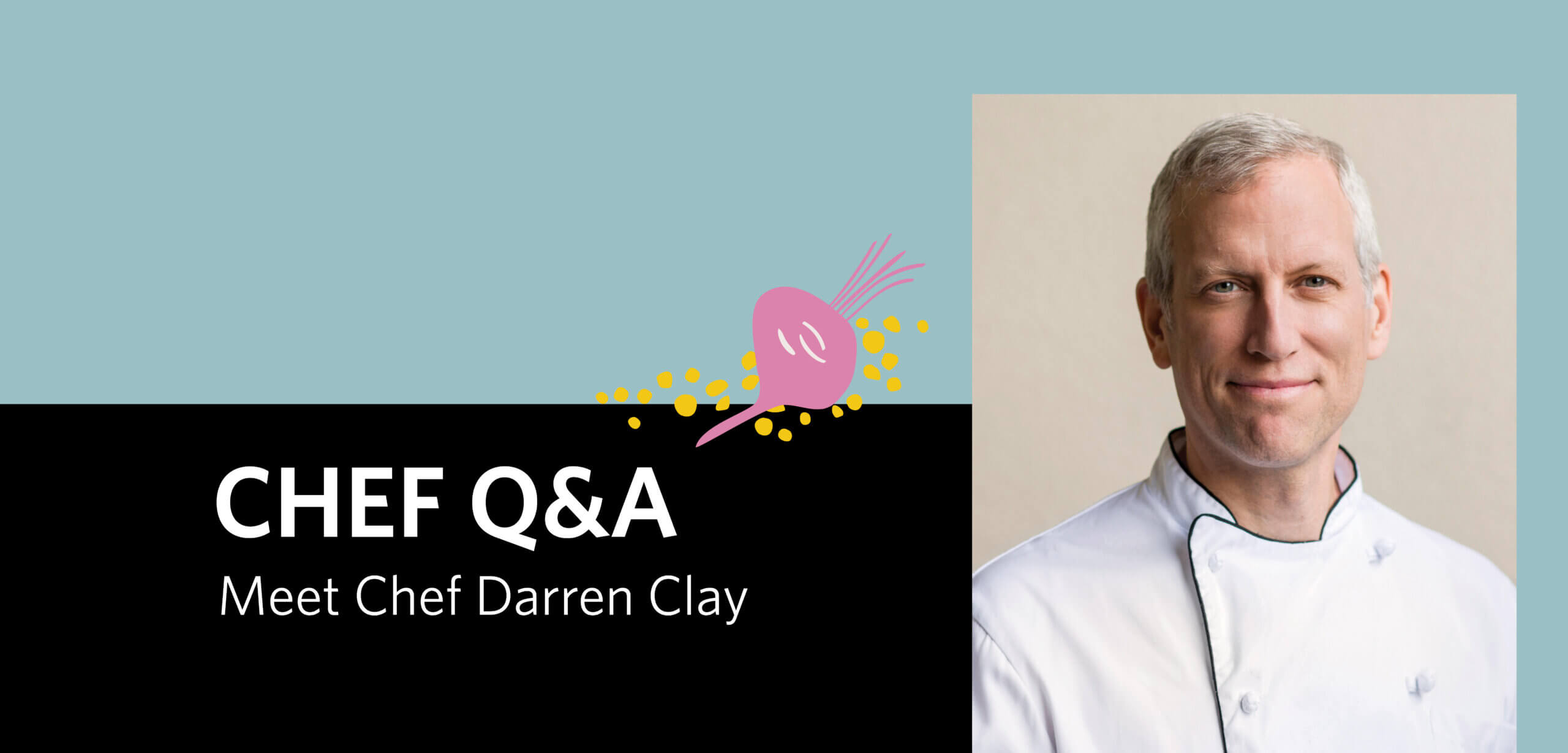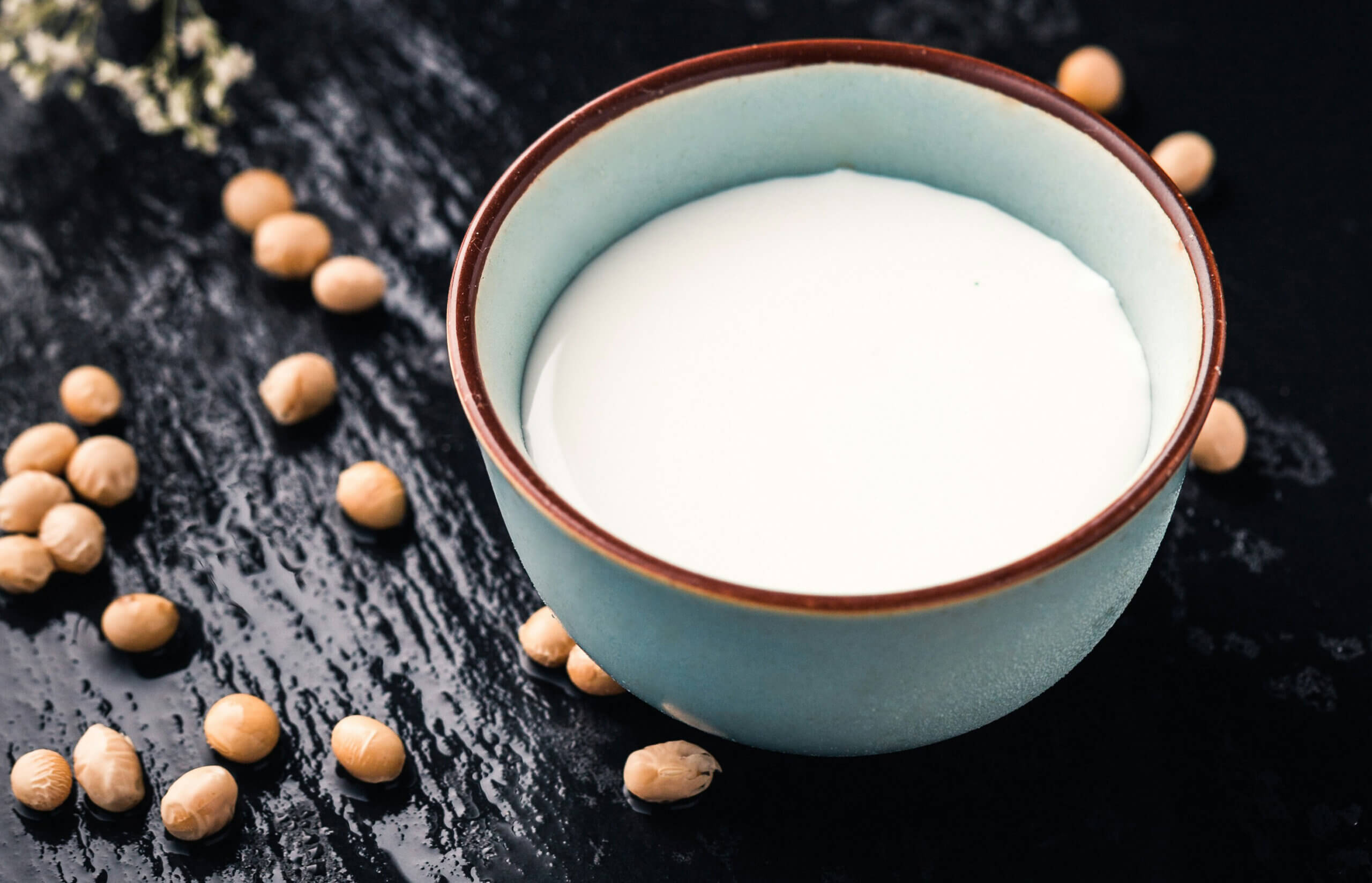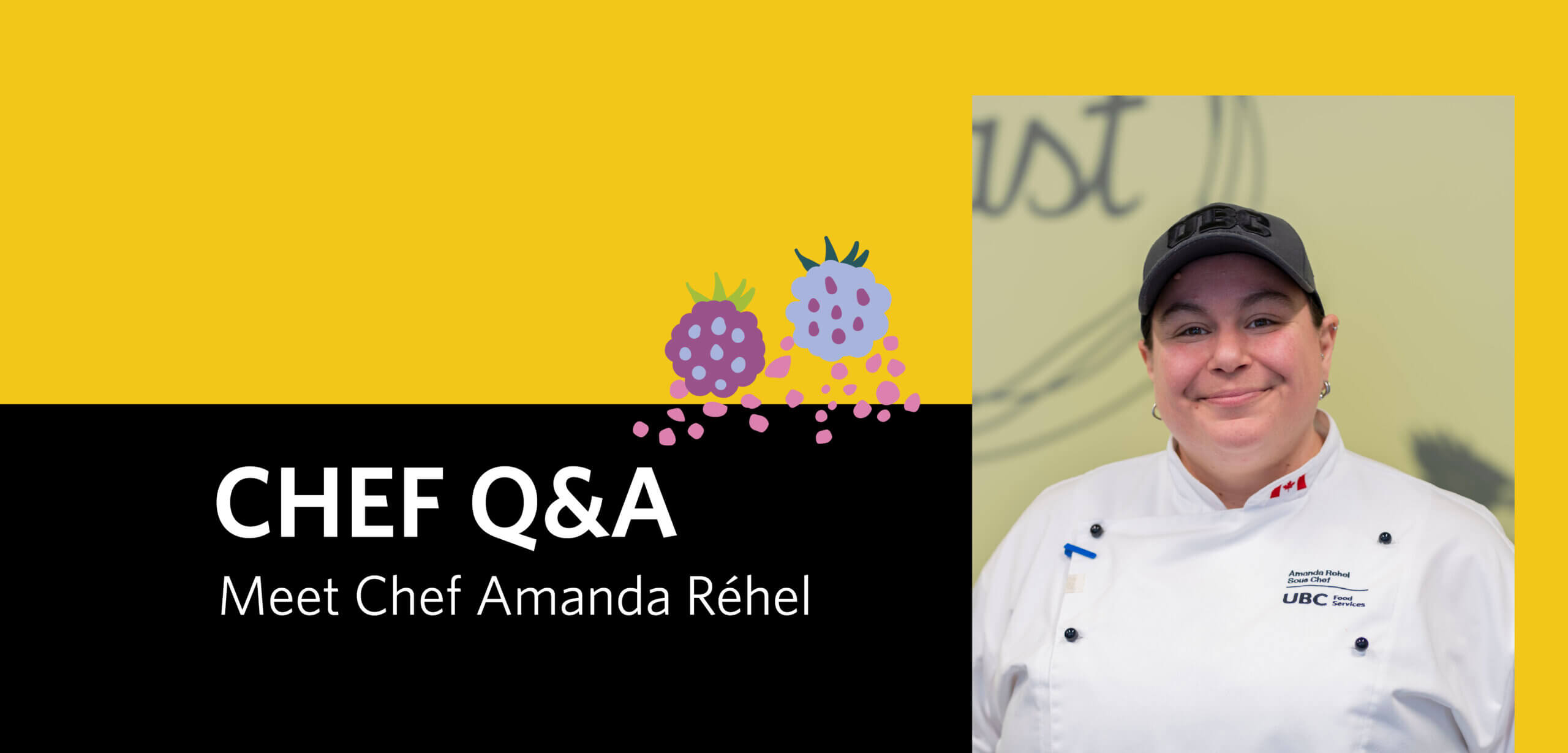Iron is a mineral that is important for your health. It functions as a building block for hemoglobin, which helps transport oxygen around your body. Low iron can contribute to fatigue, poor attention and poor mood. Ensuring you get enough iron into your diet is a great way to make sure your cells are getting the oxygen they need so you can feel energized and ready for the day! Read on to learn more about iron and tips on making food choices to make sure you get enough in your diet!
In food, iron is found in two forms: heme iron and non-heme iron.
Heme iron is found in animal products, the body absorbs heme iron more easily than non heme iron. You can find heme iron in:
- fish
- meat
- poultry
Non-heme iron comes from plant sources. You can find non-heme iron in:
- leafy greens
- legumes such as beans, lentils, peas
- whole grains
- seeds like hemp, chia, pumpkin
Most iron in the diet comes from non-heme iron. Non-heme iron is absorbed better when eaten with foods high in vitamin C. Vitamin C is found in foods such as citrus fruits, dark leafy greens and bell peppers. In contrast, calcium, coffee and tea hinder iron absorption. It is recommended to consume these foods between your iron-rich meals (instead of with your meals) to improve iron absorption.
To get you started, here are a few iron rich meal ideas you can enjoy for breakfast, lunch, snack and dinner:
Breakfast
- Overnight oats topped with seeds and fruits
- Eggs on a slice of whole wheat bread
- Peanut butter sandwich and a cup of orange juice
Lunch
- Vegan tofu scramble
- Spinach and strawberry salad
- Lentil tahini pasta
Snack
- Black bean brownies
- Cashews, dried fruit and dark chocolate
- Hummus and red bell pepper slices
Dinner
- Saucy shrimp and vegetables
- Red lentil curry served with cooked spinach over brown nice
Tips to up your iron intake
- Eat a colorful blend of veggies. Eating meals with plant foods is a great way to get non-heme iron. Check out this blog post for simple ways to up your veggie intake
- Find ways to incorporate vitamin C with non-heme Iron. Pairing your iron-rich foods with vitamin C helps increase the amount of iron your body absorbs. Simple things like topping your morning oatmeal with strawberries, drizzling lemon juice over your salad, and serving your pasta with tomato sauce make a big difference. Get creative with your pairings!
- Incorporate heme iron sources. Foods like red meat, chicken, and eggs contain a high amount of heme iron. Consuming these heme iron sources is beneficial because the iron is more easily absorbed. Vegan or vegetarian? Read more about ensuring you are meeting your needs eating plant based.
- Avoid coffee, tea and calcium-rich foods when eating high-iron meals. Calcium, coffee and tea have been shown to hinder iron absorption. As university students, coffee is a staple for some of us, don’t worry, you don’t have to cut it out completely! But, consider increasing the amount of time between your calcium and polyphenol (found in coffee and tea) containing foods to maximize iron absorption.
Bottom line
Eating a variety of foods that contain heme and/or non-heme iron, combined with vitamin C rich foods to boost absorption is the best way to meet your iron needs. Meal planning is a great way to ensure that you are getting the most out of your non-heme iron foods.
If you think you are not getting enough iron, you may be tempted to take an iron supplement. Before taking any form of supplement, it is important to talk to your doctor or dietitian first. For the long term, incorporating food sources of iron is an excellent way to maintain iron levels!
